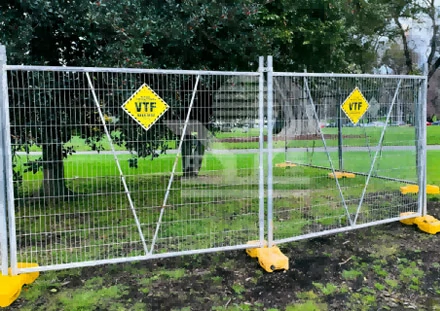The Acoustic Sound Barrier Innovations in Noise Reduction
In our increasingly urbanized world, noise pollution has become a significant concern. From bustling city streets to busy highways, unwanted sound can greatly affect the quality of life, leading to stress, sleep disturbances, and even health problems. To combat this issue, acoustic sound barriers have emerged as a key innovation, designed to mitigate noise pollution and provide a quieter, more peaceful environment.
Acoustic sound barriers are structures specifically engineered to block or absorb sound waves. They are commonly used alongside highways, railways, and construction sites where excessive noise is generated. The effectiveness of these barriers depends on several factors, including the materials used, their height, and their distance from the noise source. Typically, taller barriers tend to be more effective, as they obstruct the direct path of sound waves, while dense materials can absorb a portion of the noise.
One of the most significant advancements in the development of acoustic sound barriers is the use of advanced materials. Traditional barriers have been constructed from concrete or wood, which can be effective but often lack aesthetic appeal. Nowadays, manufacturers are turning to innovative materials such as recycled plastics, composite boards, and specially designed acoustic panels. These materials offer not only enhanced sound absorption properties but also greater design flexibility. For instance, translucent sound barriers, made from reinforced glass or acrylic, are being utilized to maintain visibility while simultaneously providing noise reduction.
acoustic sound barrier

The design of acoustic sound barriers has also evolved considerably. While their primary purpose is functional, many modern barriers are designed with aesthetics in mind, allowing them to blend seamlessly into their surroundings. Green walls, for example, incorporate plant life and vegetation, contributing to noise reduction and enhancing the environment. Similarly, artists and architects are collaborating to create visually appealing sound barriers that offer both artistic expression and practical functionality.
Furthermore, the effectiveness of acoustic sound barriers can be significantly enhanced through strategic placement and the incorporation of supplementary features. Landscaping techniques, such as planting trees and shrubs alongside barriers, can further reduce noise levels by acting as a natural sound insulator. Additionally, the use of sound-reflective surfaces can direct sound away from populated areas, maximizing the barriers’ effectiveness.
The implementation of acoustic sound barriers is not just limited to urban environments. They have found applications in various settings, including industrial sites, airports, and commercial centers. As communities strive for a balance between development and quality of life, these sound barriers play a crucial role in reducing noise levels and enhancing overall well-being.
In conclusion, acoustic sound barriers have become invaluable tools in the quest for a quieter world. Through innovation in materials and design, they not only provide sound reduction but also contribute to the aesthetic enhancement of urban landscapes. As we continue to navigate the challenges of noise pollution, the evolution of acoustic sound barriers will serve as a testament to our commitment to creating healthier, more harmonious environments. Whether in bustling cities or tranquil suburbs, the impact of these barriers can be seen and heard, bringing us one step closer to a more peaceful existence.
-
The Best Metal Mesh Solutions: Expanded Aluminum Metal vs. Expanded Stainless Steel Metal
NewsSep.10,2024
-
Round Perforated Sheets vs. Hexagonal Perforated Sheets vs. Embossed Perforated Sheet Metal
NewsSep.10,2024
-
Perforated Metal Sheets
NewsSep.10,2024
-
Experience The Excellence Of Stainless Steel Grating
NewsSep.10,2024
-
Discover the Versatility Of Metal Mesh Expanded Forming Machines
NewsSep.10,2024
-
Discover The Advantages Of Steel Grating For Sale
NewsSep.10,2024
Subscribe now!
Stay up to date with the latest on Fry Steeland industry news.

